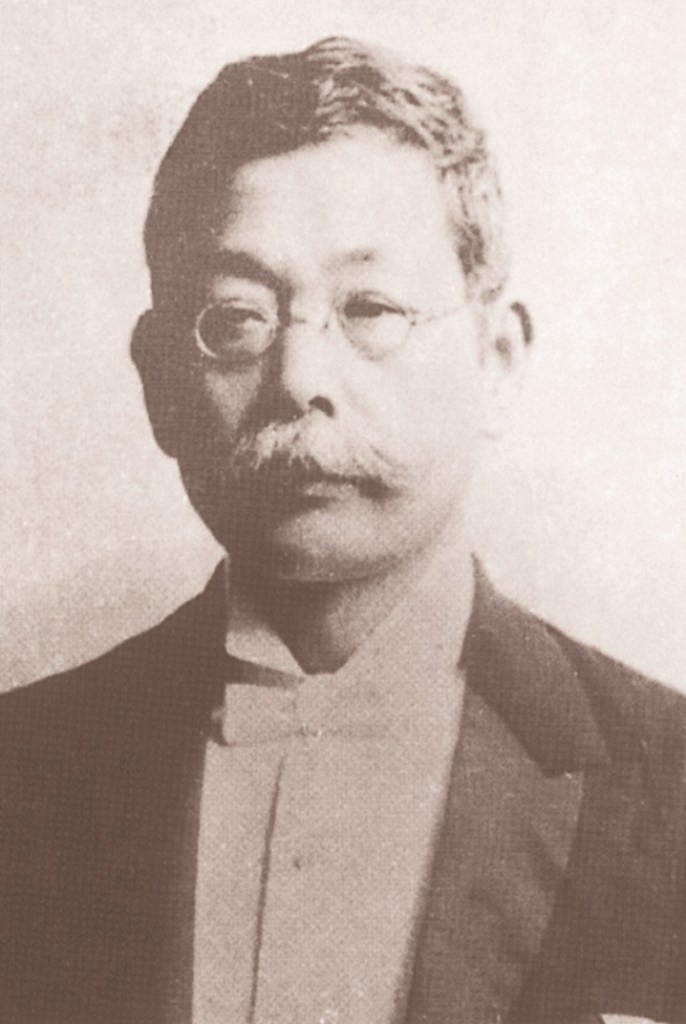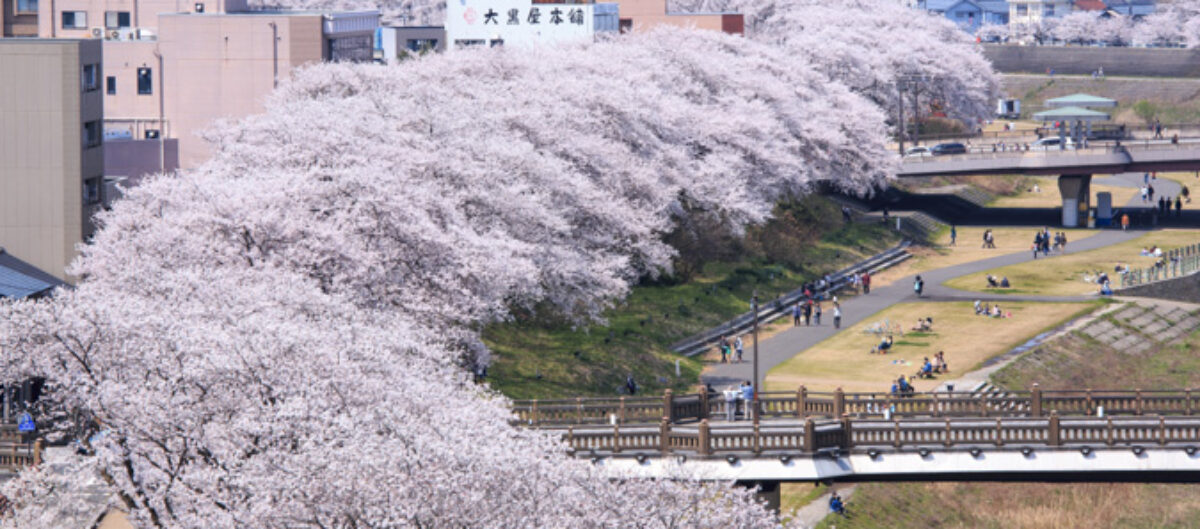



April/4/2019
Earthquakes used to be mysterious things.
Aristotle, an ancient philosopher, thought that the wind blew through the underground space and caused it to vibrate. These vibrations were earthquakes. It’s now understood that seismic waves brought on by the sudden movement of the Earth’s crust are the cause of earthquakes.
Omori Fusakichi contributed to the development of modern earthquake research. He was born in 1868 in Fukui City, Japan, and studied physics at the University of Tokyo. He majored in seismology (earthquake science) and meteorology at the graduate school and became a professor of seismology at the age of 29.
It was fortunate for Omori that he was able to study under John Milne, who was known as the founder of Japanese seismology.
What did Omori do for earthquake research?
First, he discovered that on average the frequency of aftershocks decreases hyperbolically with time after a strong earthquake:
R=K/t
(where R is frequency, K is constant, and t is time). (An aftershock is a smaller earthquake that follows a larger one.) I used to think that earthquakes were so complex that no one could discover simple laws about them. However, this law is surprisingly simple and beautiful.

Omori invented an earthquake recorder that’s now called the Omori seismometer. This was used in Japan and all over the world.
Omori also discovered that the period of preliminary tremors is in proportion to the distance from the epicenter of an earthquake:
x=7.42y
(where x is the distance from the epicenter, 7.42 is the coefficient, and y is the period of preliminary tremors.) Earthquake waves include P-waves and S-waves, and P-waves are faster. The elapsed time between these two waves is the period of preliminary tremors. Thanks to this formula, people were able to locate the epicenter of an earthquake. This formula is also simple and beautiful.
Omori also discovered the zones where earthquakes often occur. Earthquakes don’t occur everywhere but only in specific areas called earthquake zones.
In Japan, Omori was known as “the living god of the earthquake.” In the book The Founders of Seismology, Charles Davison, a renowned British seismologist, wrote “No other seismologist (earthquake scientist) can equal, and few can approach, the enormous output of Omori’s original work.”
What kind of person was Omori?
Charles Davison wrote, “Omori was one of the most kindly, modest, and upright of men, courteous with that courtesy that we now call old-fashioned, as if the manner of it were dying out from among us.”
He wasn’t only a great researcher, but also a great person.
↑↑ This is Teyose Park, where you can see the statue of Fusakichi and his birthplace.
(References)
「地震学をつくった男・大森房吉」(上山明博)(青土社)
「絵でわかる地震の科学」(井出哲)(講談社)
「わたしたちの大先輩 地震学の父 大森房吉」(旭社会教育会、旭公民会、旭小学校PTA)
「ふるさと福井の先人100人」(福井県教育委員会)
「The Founders of Seismology」(Charles Davison)(Cambridge University Press)
「Interpretation of the Omori law」 (Anatol V.Guglielmi)
「Obituary, Prof. Fusakichi Omori 」 (Nature, No.2830, VOL.113)
